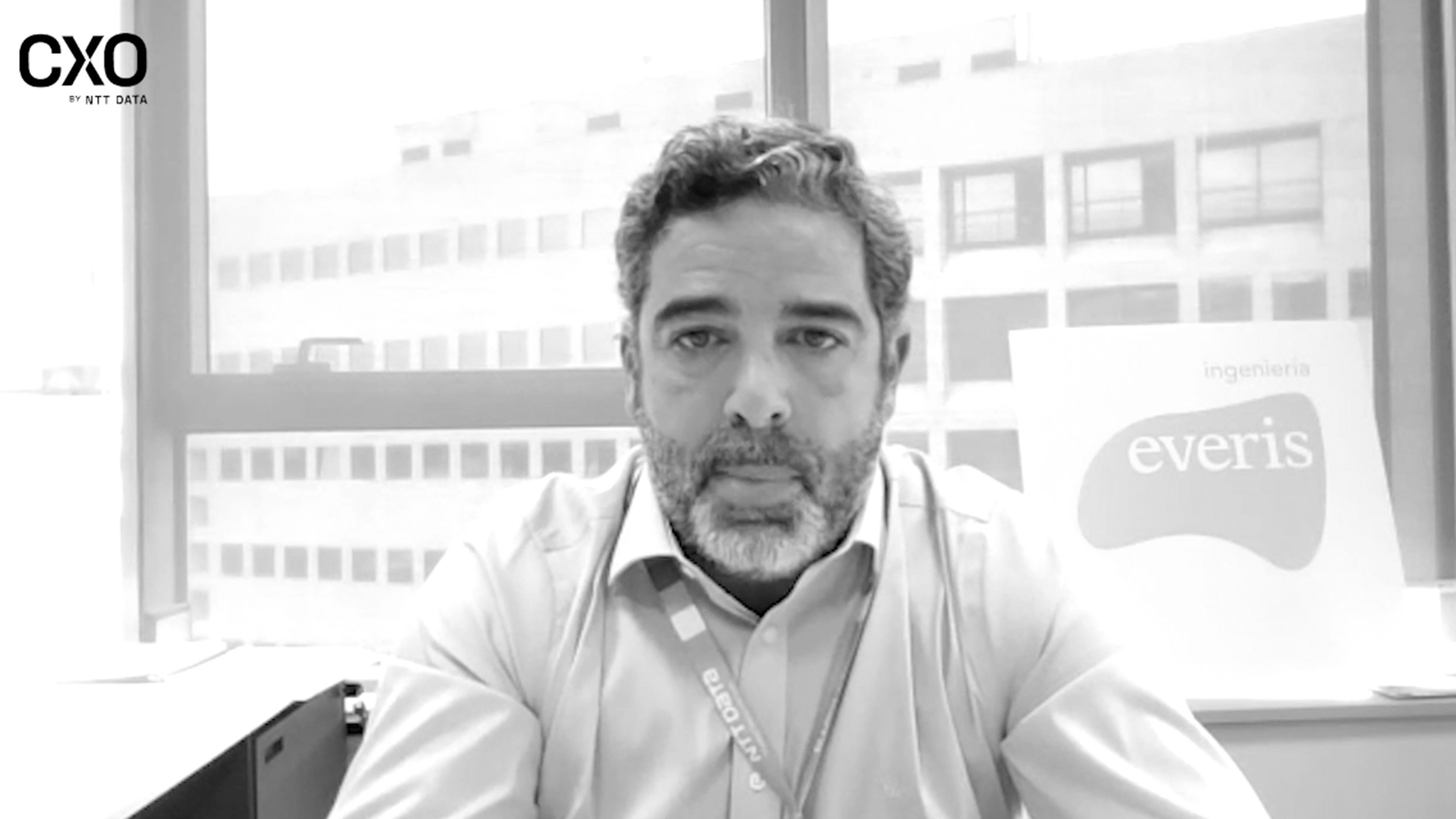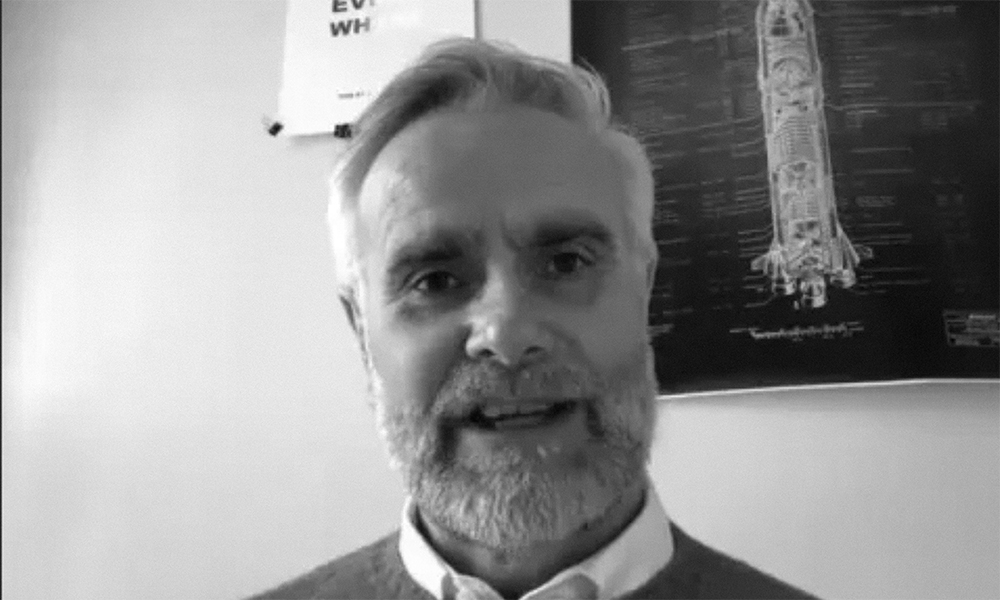There’s a strong chance that you’re one of the 94% of leaders who are frustrated with their organisation’s innovation performance.
It turns out that the root of perpetual executive dissatisfaction is rarely the amount of innovation happening; it’s the type of innovation. Incremental, continuous improvements are everywhere. Bolder, more transformational ideas that could deliver substantial returns and deep competitive advantage are usually in short supply.
So how do the world’s most prolific innovators, the likes of Netflix, Spotify, 3M, Phillips and Google keep a balanced flow of incremental and transformational ideas moving through their organisations? And what pragmatic lessons can organisations apply to stop innovation slipping through its fingers?
That’s the question I set out to answer in my recent book, “Be Less Zombie: How great companies create dynamic innovation, fearless leadership and passionate people”. Designed to be a practical leadership field guide for turning on innovation in any organisational context, it’s based on ten years of research behind the scenes at some of the world’s most innovative organisations.
Our over-commitment to today’s business model means that anything other than incremental innovation is seen as dangerous or indulgent. And if a “dating” mindset backs innovation, bolder ideas are always pushed aside in favour of something more urgent or predictable.
In a moment, I’ll share some advice on three of the most significant issues that can amplify your innovation performance. But first, there’s a rarely discussed, yet fundamental, foundation that leaders must confront if they are to see innovation levels increase.
‘Dating’ innovation
Pick a company with a strong track record in innovation, and you’ll usually trace their performance shift back to a single decision that most organisations don’t make: a choice to switch from simply ‘dating’ innovation to committing to innovation. The choice is huge yet rarely discussed.
What do I mean? Dating is casual, not too serious, convenient. Few companies would survive if that mindset governed their day-to-day operations. Yet that’s the mindset we slip into when it comes to innovation. We tend to hope it will show up if we tell people they have permission to innovate. In my experience, no-one moves.
Our over-commitment to today’s business model means that anything other than incremental innovation is seen as dangerous or indulgent. And if a “dating” mindset backs innovation, bolder ideas are always pushed aside in favour of something more urgent or predictable.
Great innovators strike a better balance. They are strategically committed to executing today whilst exploring tomorrow. What’s more, they enable the processes, capabilities, resources, culture and leadership needed for operations and innovation to thrive together.
When leaders align innovation with strategy and are accountable for its results, it’s much easier to address three of the key issues that undermine innovation performance in most organisations: lack of time, risk aversion and a certainty-driven culture.
I’m too busy to innovate
When someone says that they’re too busy to innovate, there’s usually a deeper issue at play. Perhaps management hasn’t clearly defined where different types of innovation should happen, and who should resource it.
The result? We expect people to “magic-up” breakthrough ideas whilst hitting the demanding KPIs that their day job demands. This line of expectation rarely works. At best, we get average ideas from frazzled employees who take on this additional workload once the kids are asleep.
Run small, fast, cheap experiments. The aim is to test the biggest assumptions behind bold ideas before spending any money developing them.
And when ideas do make it into the system, they are continually delayed as a series of urgent fires land on people’s desks. It’s a well-documented, steady slide into commercial irrelevance and often leads to a reliance on discounting to stay competitive.
Great innovators, on the other hand, are intentional about who works on what kinds of innovation. There are several approaches that can work, but in broad terms, operational teams should limit their focus to continuous improvement innovation. These are low-risk, efficiency-focused innovations that are relatively simple to implement and often make the team’s day job more manageable. With this approach, there’s clear alignment between strategy, innovation and personal motivation.
On the other hand, more transformational ideas fare better in a dedicated team, or “lab”, that is strategically aligned to the central business but free to explore beyond the borders of today’s operations and business models.
It requires deliberate and delicate governance. But with the right targets, resources and metrics in place, this dual-focus approach to innovation ensures that incremental and disruptive ideas can show up with the right balance.
Takeaway: Do incremental innovation in teams, and exponential exploration in labs.
Overcoming risk aversion
The majority of people never share the best idea they ever had. Why? The personal stakes usually feel too high to share genuinely original ideas. When the personal vulnerability to propose original ideas is lacking, the organisation’s future commercial vulnerability increases. We’re unintentionally starving tomorrow’s innovation pipeline.
The solution is to lower the stakes. Make it safer and more comfortable to take the first meaningful step towards exploring a bold idea.
Great innovators do this by equipping their people to run small, fast, cheap experiments. The aim is to test the biggest assumptions behind bold ideas before spending any money developing them. Don’t spend $50,000 building a prototype, spend $500 testing the hypothesis that anyone cares about the problem you’re trying to solve. By the way, that untested assumption is the single largest reason that start-ups fail.
By running minimum viable product (MVP) experiments, the stakes of failure become so low that suddenly everyone is comfortable taking the first step in exploring an idea that wouldn’t otherwise make it off the whiteboard. And innovation gets democratised.
And there’s a huge upside for leaders: instead of being brought ‘pet’ ideas or hunches to invest in, teams come with real data that increases the chances of making good investment decisions.
“Experiments changed everything,” says Pernod Ricard UK’s former Managing Director Denis O’ Flynn. “We stopped asking for ideas and instead asked for experiments that came with data to help take the guesswork out of decision-making.”
Takeaway: Teach people to run low-stakes experiments that free them to dream big, start small, and learn fast.
Evolving a certainty-driven culture
Few employees believe that their company culture truly enables innovation. Often that’s based on personal experience of seeing big ideas being paralysed by politics.
Culture and behaviours are shaped by what leaders really value. With that knowledge, the best innovation leaders make two important decisions about themselves: they drop the craving for absolute certainty in innovation decision-making (experimentation data helps here), and they dissolve their need to be seen as the ultimate expert in a particular field. Why do these things matter so much to culture?
Original ideas aren’t predictable. If underlying anxieties cause leaders to reject anything other than sure bets, we have a stewardship crisis on our hands. The future fortunes of the company are held hostage by today’s fears of failure.
But a combination of smart rewards, metrics and executive coaching can help.
The future fortunes of the company are held hostage by today’s fears of failure.
3M uses a ‘financial renewal’ metric that creates leadership accountability for delivering the levels of innovation that will help the company show up healthy in the future: 30% of revenues must come from products that didn’t exist five years ago.
That creates a chain reaction of innovation across the organisation, both in terms of the boldness of product ideas that it generates, and the kind of leadership needed for them to emerge and thrive.
Takeaway: List the innovation behaviours that your future strategy depends upon. What would need to be true for those behaviours to show up? What must leaders value and reward to motivate those behaviours?
…
Innovation only thrives when leaders deliberately commit to it. There’s no black art; it is entirely practical and measurable. Start small and learn your way forward. It’s how most of today’s great innovators began.

















































